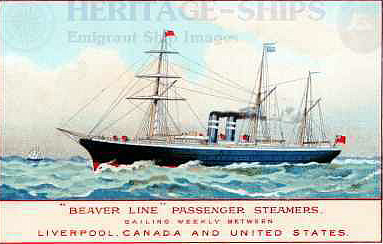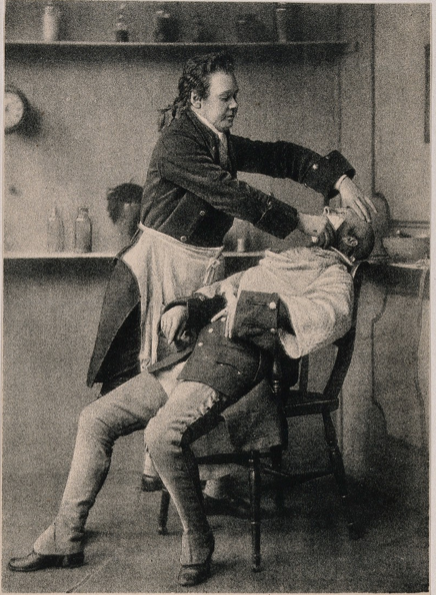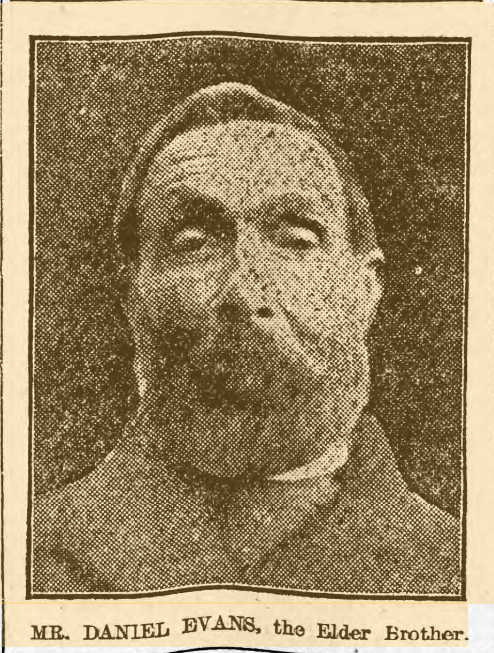I am currently on study leave, getting on with research for my new project on the history of travel preparations. One thing that I’m particularly interested in is the material culture of travel, and what sorts of things were available for travellers as they got ready for their journeys.
Today, ‘things’ are incredibly important both before and during our travels, and we are usually accompanied by a wealth of ‘stuff’. First there is the right luggage, whether finding bags small enough to qualify as ‘carry on’ for the plane, or cases large enough to contain all the necessaries for two weeks in the sun. Then come decisions about clothes: do we take a bare minimum, or instead give ourselves lots of choices? Do we have the right clothes for the right weather or environment? (Authorities in Naples are fed up of people trying to walk up Mount Vesuvius in Crocs!) These types of decisions about what, and how much, to take were all ones that were faced by travellers over the past three centuries.

But perhaps the other most common type of products that accompany us on journeys are those related to health and hygiene. Commonly travellers will take some form of medicines, cosmetics or personal grooming products, sun cream, insect repellent, deodorant …the list goes on and the market for these kinds of products is massive. And if you’re anything like me, this often takes up more space than the clothes!
It’s perhaps easy to assume that these type of health/cosmetic travel goods are a feature of modern tourism, but in fact they have a much longer history. I’ve long been interested in the history and advertising of products, and my project on the history of facial hair explored the world of shaving products in the eighteenth and nineteenth century. Another big strand of my work looked at the early modern medical marketplace and the ways in which all manner of remedies and preparations were touted as the universal cure for all ills. By the nineteenth century, of course, newspapers were stuffed full of advertisements for products, with many makers and sellers starting to target the growing numbers of British travellers and tourists heading off to foreign climes.

Travelling cases, for example, containing everything necessary to attend to appearance on a journey had been available since the eighteenth century. In 1780 the razor maker Daniel Rigge advertised his ‘Travelling cases and leather pouches, which contain the whole apparatus for shaving’ as well as bottles and space for other items of personal grooming. As tourism expanded, so did the range and design of these types of travel ‘furniture’. One notable maker was the firm of Mechi and Sons in Cornhill, London. ‘Mechi’s Dressing Cases’ for travellers contained tooth and nail brushes, soap and other requisites and were, according to the advertisement, an ‘invaluable acquisition’ for the ‘steam boat or travelling companion’.

Soaps were particularly popular, offering tourists something familiar from home with which to perform their daily ablutions. In 1830 James Atkinson’s Almond Soap was particularly noted as a useful accoutrement for travellers, as well as the army and navy, and sold in ‘neat portable pots’ for ease of carriage.
Health was another common topic, offering solutions for various problems. ‘Lamplough’s Effervescing Pyretic Saline’ offered to replenish the vital salts lost from ‘exciting causes’ which included excessive heat or tiredness. ‘Dr Locock’s cosmetic’ was a refreshing cream that could be used to treat sunburn or tan, whilst his asthmatic customers could also treat themselves to some of his ‘pulmonic wafers’ which promised relief in ten minutes for those suffering in cold climates or inclement weather. Even food was not neglected. Nineteenth century tourists could purchase ‘Mellin’s Food Biscuits’, recommended particularly for travellers who often require a sustaining and nutritious food, that can be easily digested and assimilated’.
It is interesting to note, though, how some manufacturers began to tailor the advertisements of existing products towards travellers, in turn ascribing new attributes to them specifically related to the rigours of travelling.

One useful example of this was Rowlands’ ‘Kalydor’. Alexander Rowlands and his son established a perfumery business in London in the late eighteenth century, which expanded through the nineteenth. Rowlands specialised in cosmetic products and undertook something like the modern advertising campaigns across various newspapers, extolling the many and various attributes of their wares.
‘Kalydor’ was a skin and beauty cream that became their flagship product. In early advertisements in the 1820s ‘Kalydor’ was touted as a refreshing cosmetic compound, ‘imparting a glow of youthful beauty’ on the cheeks of women, ‘keeping their complexions clear and lovely’ whilst also soothing and protecting men’s faces after shaving ‘leaving a softness not to be described’. A decade later, further attributes included protection against wind and damp.
By the 1860s, however, Rowlands had hitched a ride on the growing numbers of specialist travel advice literature and magazines, adding their by-now-familiar products to the back pages of these publications. By this time Kalydor had become the traveller’s best friend:
‘Tourists and Travellers, visitors to the seaside, and others exposed to the scorching rays of the sun and heated particles of dust, will find Rowland’s Kalydor a most refreshing preparation…dispelling the cloud of languor and relaxation, allaying all heat and irritability and immediately affording a pleasing sensation’.
Not only that, adverts often also included Rowland’s ‘Macassar Oil’ (useful in preventing hair drying out and falling off in the sun) and ‘Odonto’ – imparting a ‘graceful purity and fragrance’ to the teeth!
Travellers were obviously a lucrative market. The soapmaker Gibbs turned on the charm in their advertisement, stating that ‘The refined habits of English travellers render a COMPLETE TOILET EQUIPMENT one of the first essentials of the tourist’. Putting their existing ‘Naples Soap’ into an elastic case (keeping the case shut to prevent soggy soap scum from leaking out into the portmanteau), they introduced their new innovation, the ‘Naples Travelling Tablet’.
These are just some of the many products that I’ll be looking into in more detail, especially for what they can reveal about preparations, and what the supposed risks and dangers of travel were. As thoughts begin to turn to summer, many of us will soon be putting ourselves in the shoes of past travellers, and making those awkward decisions about what to take.







































